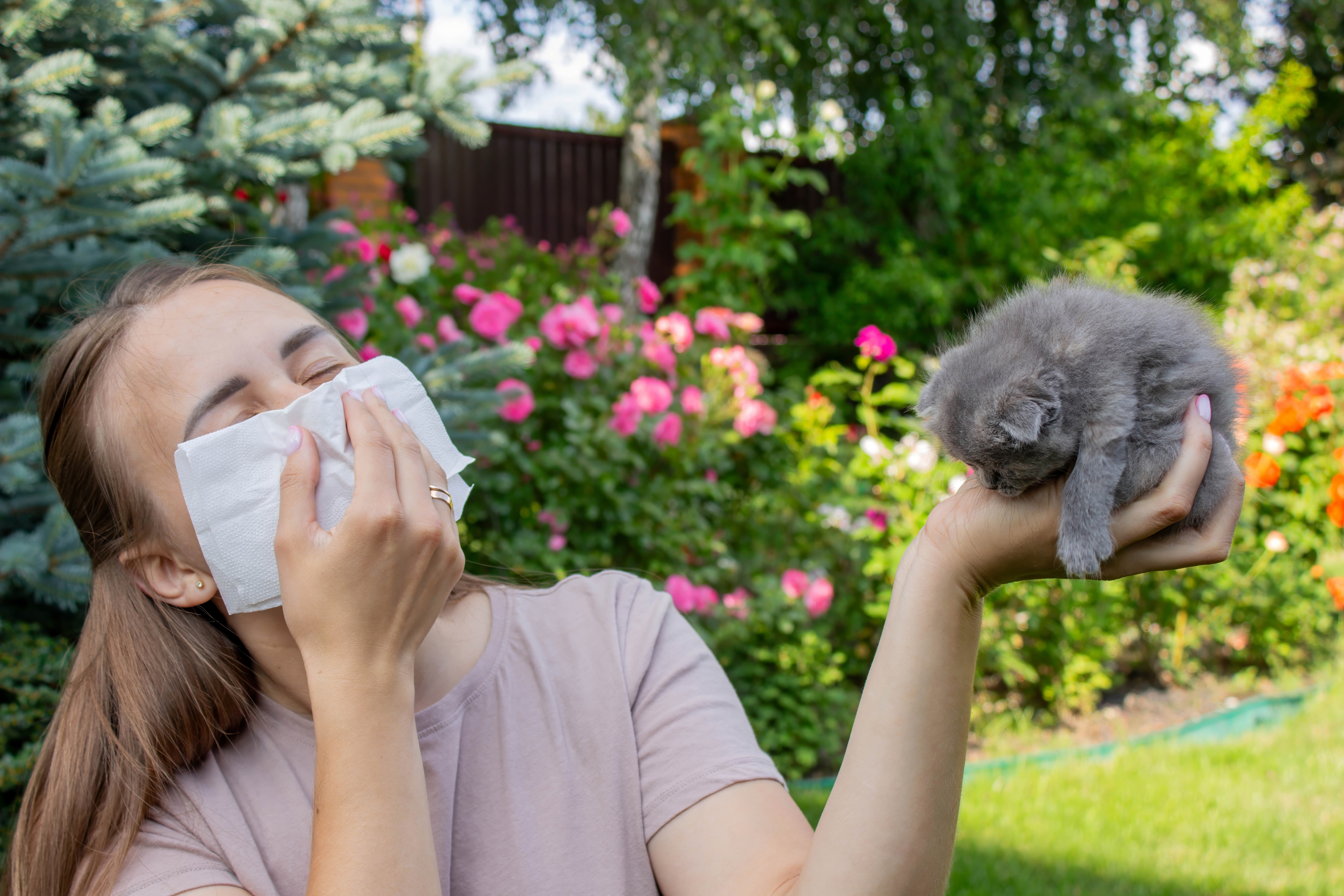What’s Really Causing Your Sneezing at Home
3. The Pollen Problem Indoors
While pollen is typically associated with the outdoors, it can easily make its way inside through open windows, doors, and on clothing or pets. Once indoors, pollen can settle on surfaces and become a persistent allergen. During peak pollen seasons, it's advisable to keep windows closed and use air purifiers to reduce indoor pollen levels. Regular cleaning of surfaces and changing air filters can also help minimize exposure. Being aware of how pollen infiltrates your home can help you take proactive steps to reduce its impact on your health.
4. Pet Dander Dilemmas

Pet dander, consisting of tiny, even microscopic flecks of skin shed by cats, dogs, and other animals with fur or feathers, is a common allergen in homes with pets. Contrary to popular belief, it's not the pet hair itself that causes allergic reactions, but the proteins found in their dander, saliva, and urine. Regular grooming, cleaning, and using HEPA filters can help manage pet dander levels. For those with severe allergies, creating pet-free zones in the home can provide relief. Understanding pet dander's role in allergies is vital for pet owners seeking to balance their love for animals with their health needs.
